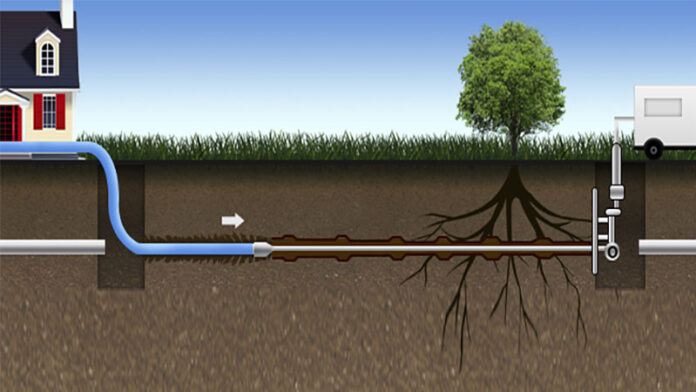
Trenchless sewer repair is a relatively new method of repairing sewer lines that has quickly become the preferred choice for many homeowners and businesses. Unlike traditional methods that require excavation, trenchless sewer repair allows for repairs to be made without digging up your yard or tearing up your driveway. If you’re unfamiliar with this process, this article will give you a better understanding of what to expect during it.
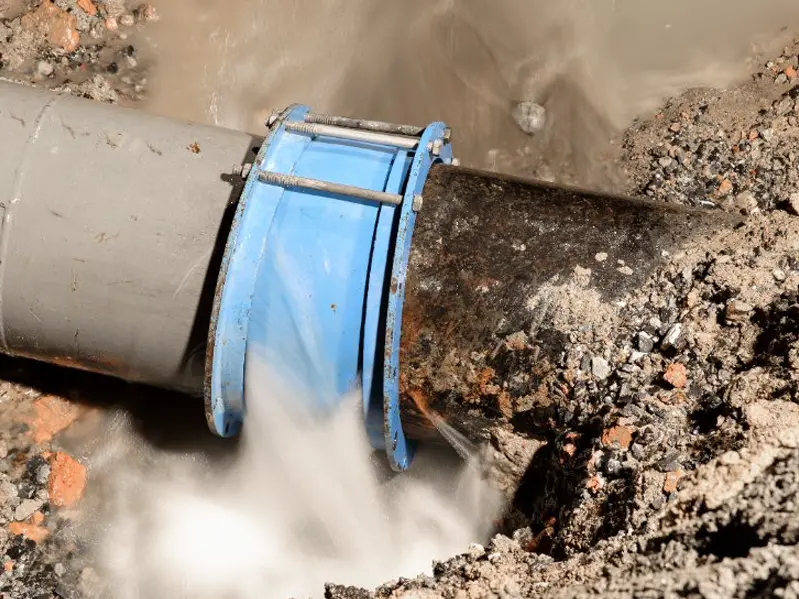
Step 1: Inspection
The first step in the trenchless sewer repair process is to inspect the sewer line. A video camera is inserted into the sewer line to assess the damage and determine the best method of repair. This step is crucial as it allows the technician to accurately diagnose the problem and develop a plan for repair.
Step 2: Cleaning
Before any fixes can be made, the sewer line must be cleaned. High-pressure water is used to remove any debris or buildup that may be obstructing the line. This step is important as it ensures that the repair will be effective and the line will be free-flowing once the job is complete.
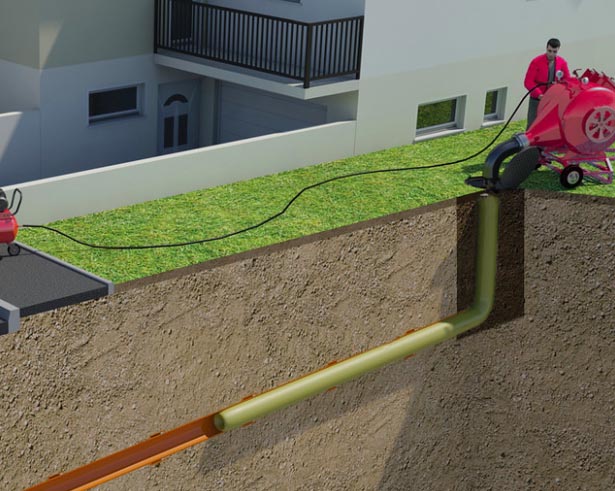
Step 3: Repair
Once the inspection and cleaning are complete, the actual repair can begin. There are two main methods of trenchless sewer repair: pipe lining and pipe bursting.
– Pipe lining involves inserting a liner into the damaged sewer line. The liner is made of a flexible material that is coated with resin. Once the liner is in place, it is inflated, allowing the resin to cure and create a new, seamless pipe within the existing pipe.
– Pipe bursting involves pulling a new pipe through the existing damaged pipe. A bursting head is used to break apart the old pipe and create a space for the new pipe to be pulled through. This method is typically used when the existing pipe is severely damaged or collapsed.
Both methods offer a number of benefits. They are less invasive than traditional sewer ones, which means there is minimal disruption to your property. Trenchless sewer repair is also faster and more cost-effective than traditional methods, which can save you both time and money.
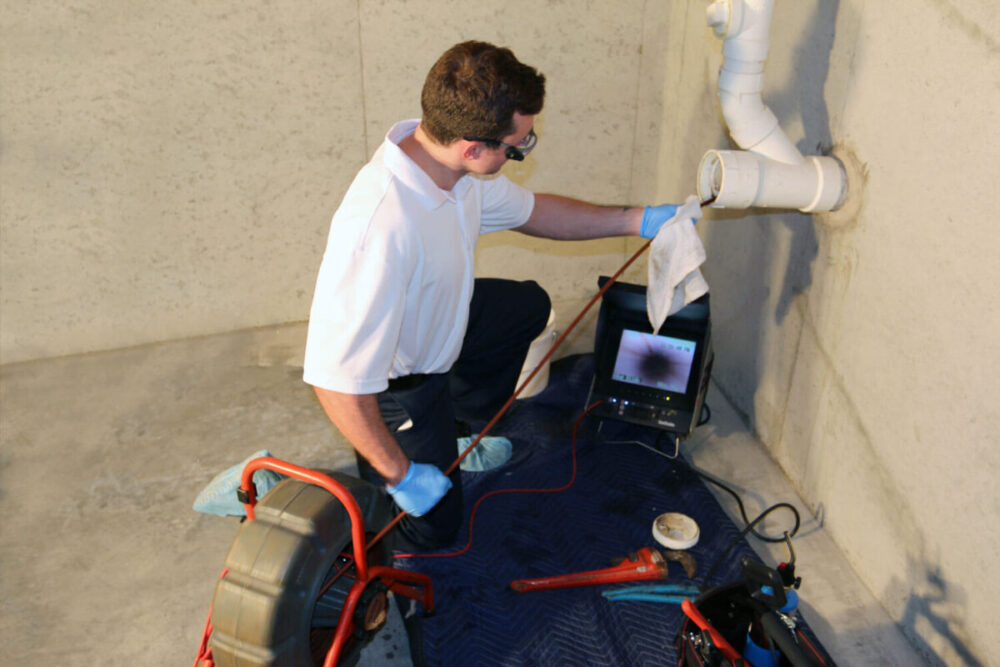
Step 4: Inspection and Testing
Once the job is complete, a final inspection and testing is conducted to ensure that the repair was successful. A video camera is used to inspect the fixed section of the sewer line and ensure that there are no leaks or other issues. A final test is also conducted to ensure that the sewer line is free-flowing.
Step 5: Cleanup
The final step in the trenchless sewer repair process is cleanup. Unlike traditional methods, trenchless sewer repair does not require excavation or digging, which means there is minimal mess to clean up. Any equipment or materials used during the process are removed from your property and the area is left clean and tidy.
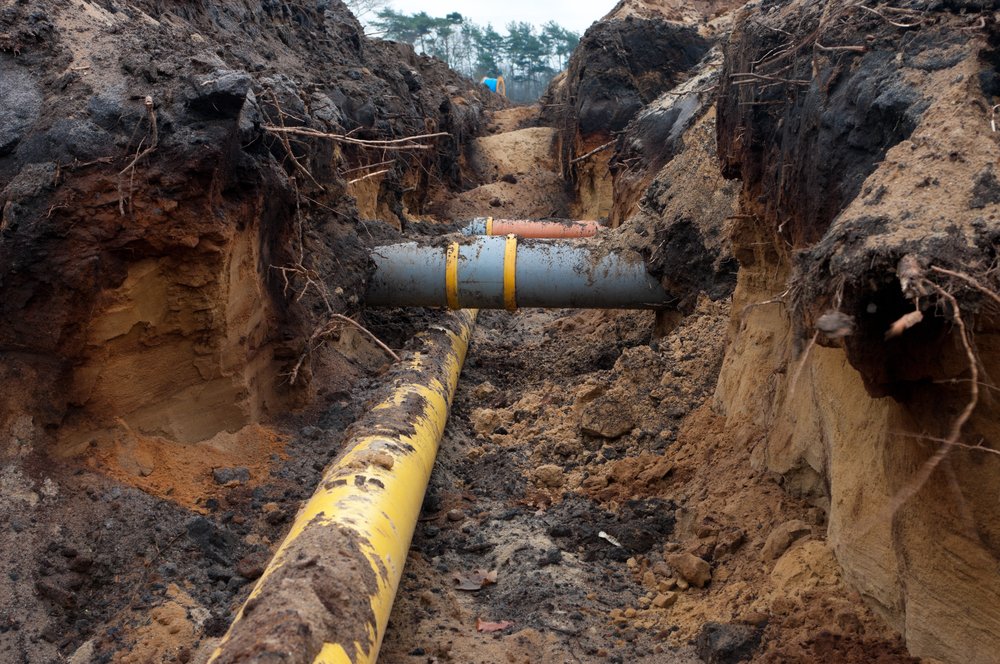
Conclusion
In conclusion, trenchless sewer repair is a highly effective method of repairing damaged sewer lines without the need for excavation. By choosing this method, you can save time and money while minimizing disruption to your property. If you’re in need of this type of repair, consider trenchless sewer repair as your preferred method.








